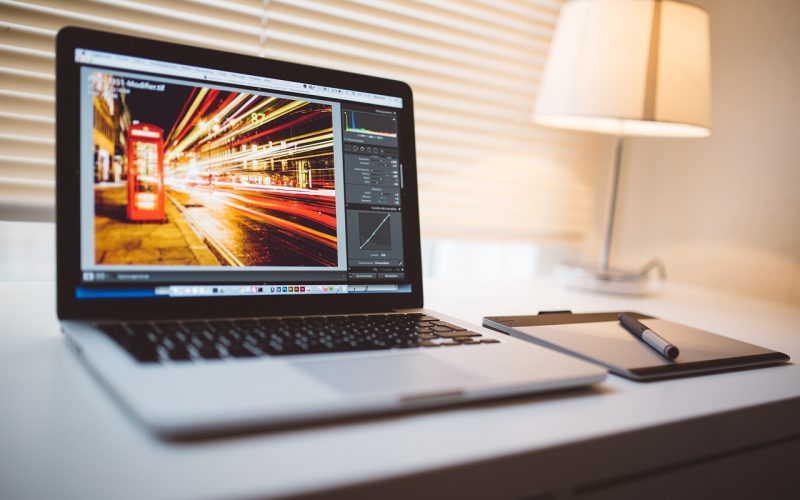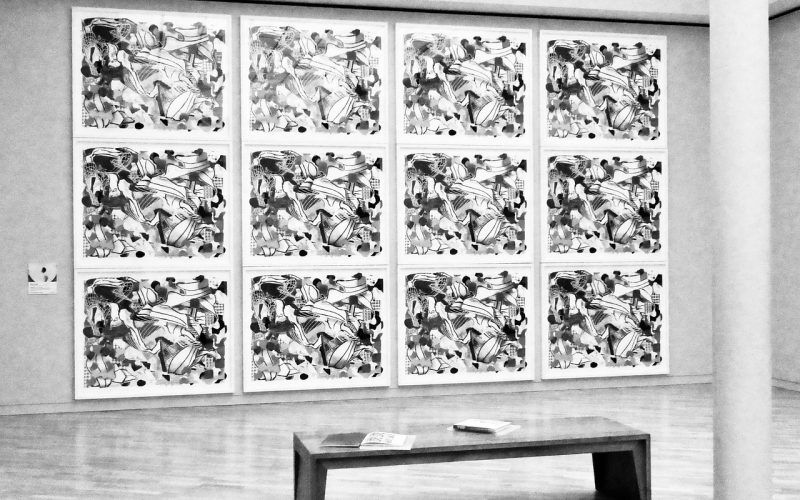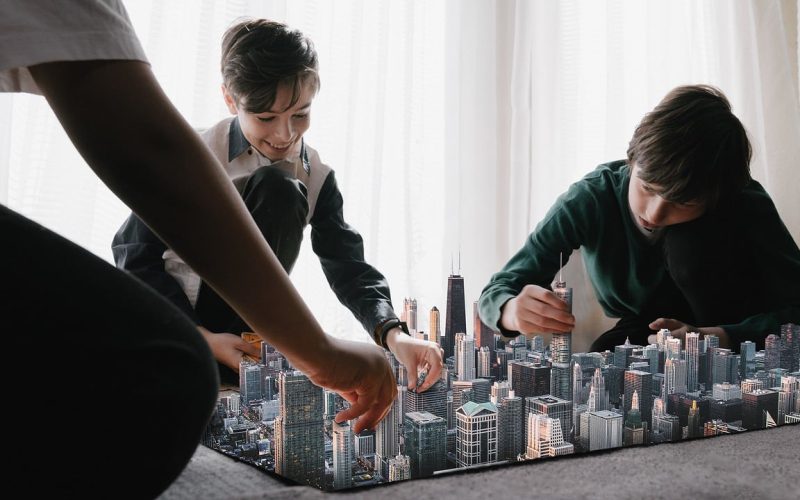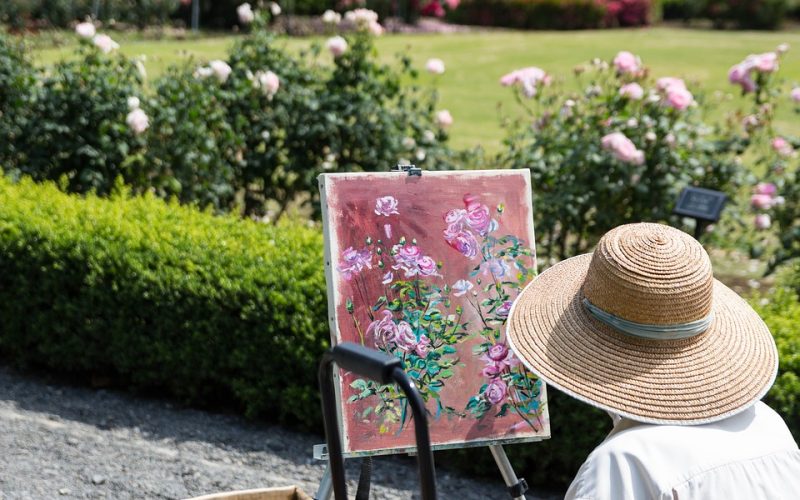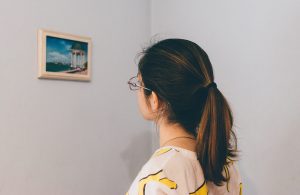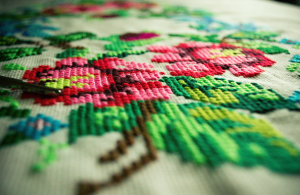Art has always been a way to connect with the world, offering insight, inspiration, and reflection. Traditionally, accessing art meant visiting galleries or museums, but not everyone has the opportunity or ability to do so. Whether due to geographical, physical, or financial constraints, many individuals find themselves shut out of these cultural havens. Fortunately, the internet and technology have begun to level the playing field, making art more accessible to everyone, everywhere.
The rise of virtual galleries
One of the most significant innovations in art accessibility is the rise of virtual galleries. Institutions like the Louvre and the National Gallery have developed online platforms that allow users to explore their collections digitally. These virtual tours offer high-resolution images, detailed descriptions, and even interactive components that mimic the experience of walking through the gallery doors. For those unable to visit in person, these digital replicas provide an invaluable opportunity to engage with art on their terms.
Online art marketplaces and social media
Beyond museums, online art marketplaces and social media platforms have also broadened access to art. Websites like Artsy and Saatchi Art connect artists directly with buyers and admirers, enabling them to showcase their work without needing a physical gallery space. At the same time, social media platforms such as Instagram offer artists a free space to share their work with a global audience. This democratisation of art dissemination allows emerging artists to gain visibility and offers art lovers a chance to discover new talent from the comfort of their own homes.
Accessibility for people with disabilities
Technology has also played a crucial role in making art more accessible to people with disabilities. Screen readers, voice-controlled devices, and other assistive technologies ensure that visually impaired individuals can still participate in the art world. Galleries are increasingly offering audio descriptions and sign language tours, while online platforms provide closed captioning and transcripts for virtual exhibitions. By utilising these tools, art becomes an inclusive experience that welcomes individuals of all abilities.
Educational opportunities through online courses
The internet doesn't just make art accessible; it makes learning about art accessible too. Online courses and workshops taught by esteemed artists and scholars are available at the click of a button. Platforms like Coursera, Skillshare, and Udemy offer a range of courses covering everything from art history to practical skills like painting and digital design. These resources empower individuals to deepen their understanding of art, regardless of their previous exposure or educational background.
Immersive experiences with virtual reality
Virtual reality (VR) is pushing the boundaries of how art can be experienced, offering an immersive alternative to traditional viewing. Through VR headsets, users can explore environments that would be impossible to replicate in a physical gallery. The experience can be surreal, allowing users to walk through a Van Gogh painting or interact with a sculpture in a new dimension. This technology not only brings art to those who cannot travel but also enhances the experience for all viewers, providing new ways to engage with art.
The future of art accessibility
As technology continues to evolve, so too will the ways in which we access and experience art. The integration of artificial intelligence and machine learning into art curation promises to tailor experiences to individual preferences, offering personalised recommendations and insights. Whether through an app or a virtual assistant, the potential for technology to democratise access to art is vast and continually expanding.
The internet and technology are transforming art accessibility, breaking down barriers and opening new avenues for engagement. By bringing art to people wherever they are, these innovations ensure that everyone can partake in the aesthetic, emotional, and intellectual enrichment that art provides. In this digital age, art is no longer confined to gallery walls; it is everywhere, waiting for you to explore.
